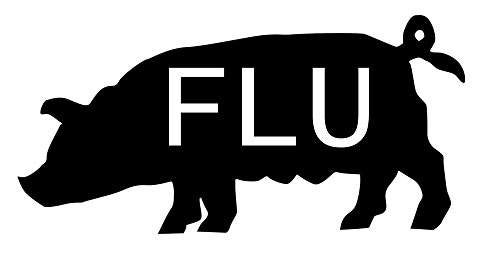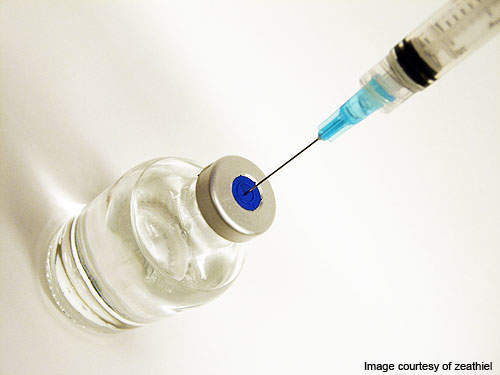The GreenVax project is a bio-therapeutic production facility currently under construction in the Texas A&M Health Science Center campus in Bryan, Texas, US.
The Texas Plant-Expressed Vaccine Consortium started the construction of the facility in February 2010. The Texas A&M University System and G-Con make-up the consortium. The new vaccine is expected to be under clinical trials by 2011.
The GreenVax project aims to produce vaccines from the tobacco plant on a large-scale.
The bio-therapeutic manufacturing project is a proof-of-concept development of the emerging new tobacco-based vaccine production technology. The facility will have the capacity to produce 100m doses for month on its final scale development.
The GreenVax initiative is intended to increase vaccine production capability for infectious diseases in the US. The vaccines will also be exported to other countries that cannot afford them. Apart from vaccines, the plant is also expected to produce other biologics such as monoclonal antibodies for cancer therapy.
The GreenVax project is expected to generate about 4,000 jobs and inject $800m into the state’s economy by its 10th year of operation, according to The Perryman Group.
Facility
The GreenVax project is being constructed on a 21-acre site at the Texas A&M Health Science Center campus.
The project includes construction of a 145,000ft² bio-therapeutic production prefab facility and G-Con proprietary pods.
About nine modular, mobile clean-room pods will be used for lab equipment and specialised purification.
The custom designed facility will have several modules with fluorescent lights for growth and research of tobacco. It will also be the headquarters of the Texas Plant-Expressed Vaccine Consortium.
The flexible processes, facility and pods were actually designed and developed for the National Center for Therapeutics Manufacturing (NCTM).
It is a biological pharmaceutical manufacturing, research and education institute as part of the Texas Engineering Experiment Station (TEES). The institute, also located on the campus at Bryan-College Station, is being constructed with the support of the Texas Emerging Technology Fund.
Technology
The egg-based technology was considered to have a very slow response to the swine flu outbreak in 2009. The GreenVax project will use nicotine-free tobacco for the manufacture of the vaccine.
Tobacco-based vaccine is one of the most modern technologies under development. The technology was developed by Delaware researchers by successfully testing the model on ferrets. It was further enhanced by the researches at G-Con and A&M.
Tobacco plant is economical and grows easily and quickly, which makes it an excellent resource. Tobacco for the GreenVax Project will be grown in contained conditions using hydroponics methods for large-scale vaccine production.
They will also be genetically engineered to stop the spreading of genetic alterations to other plants.
The new technology allows vaccine production at a faster rate than the egg-based vaccine technology.
The plant-based vaccine production technology involves isolation of the antigens. The antigen protein gene is transferred to a bacteria used to infect the tobacco plant.
The leaves produce the same virus from which the antigens are separated.
The egg-based vaccines need about six months for the process, while the new technology will take about four to six weeks for the same.
Vaccines from the facility will be used to treat infectious diseases such as influenza. The tobacco-based vaccine technology also has advantages of providing rapid response to emerging viruses. The current egg-based vaccine technology does not have this readiness.
Licensing
The new GreenVax plant will be licensed by iBio Inc. The company will provide the iBioLaunch technology platform and provide technology transfer services to G-Con to be implemented in the Bryan facility.
The facility will initially produce H1N1 vaccines but the technology from iBio also supports other flu strains, cancer and infectious diseases.
Contractors
G-Con is constructing and will manage the GreenVax bio-therapeutic production facility. In August 2010, the Texas Plant-Expressed Vaccine Consortium selected XDR GMP single-use production bioreactors from Xcellerex to be deployed in the plant.
Financing
In February 2010, the GreenVax project received $40m funding from the Defense Advanced Research Projects Agency (DARPA) of the US Department of Defense. The public-private-partnership is largely financed by DARPA. The G-Con and A&M will fund $21m towards the project.
The development of the tobacco-based vaccine production technology was funded through the Texas Emerging Technology Fund. In August 2010, the project also received $4m funds from the Texas Military Preparedness Commission (TMPC).






